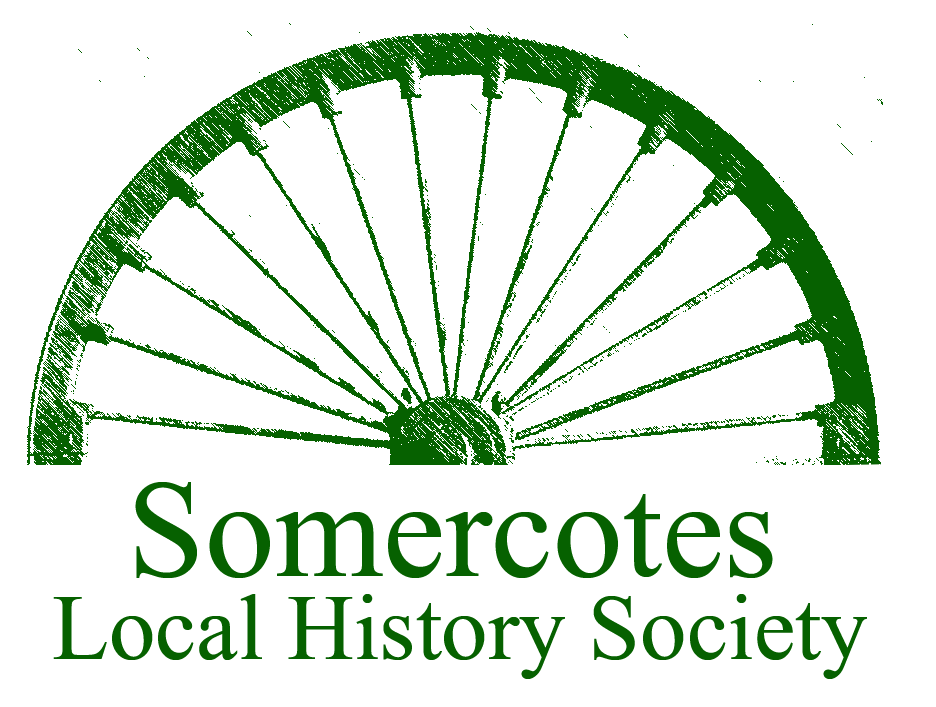






The Parish Council
Originally Somercotes was located within the parish of Alfreton, along with the villages of Riddings, Leabrooks, Pye Bridge and Birchwood, as well as others.
In 1835, the ecclesiastical parish of Riddings was formed, which included Riddings itself, Greenhill Lane (then considered a separate hamlet), most of Somercotes, Birchwood, Pye Bridge and Ironville.
The population of the village of Somercotes expanded rapidly in the second half of the 19th century and on 20 October 1898 the ecclesiastical parish of Somercotes was established. Its borders included Somercotes, Lower Birchwood and most, but not all of Leabrooks. At that time, Pye Bridge remained in the parish of Riddings. The hamlet of Birchwood was, over time, absorbed into Somercotes (as were places like Pennytown and Muckram).
In 1984, Somercotes Parish Council was formed, which covers the villages of Somercotes, most of Leabrooks and Pye Bridge.
Today, the Parish Council has its own Village Hall, which is situated adjacent to the Parish Church of St. Thomas on Nottingham Road. The building was leased from the Church by the council in 1995 for a period of 35 years. The Parish Council office is currently situated inside the Village Hall.
|
|
PHOTO: The Village Hall (2012)
There are thirteen councillors who are elected every four years. The Council has a Clerk to the Council (The Proper Officer of the Council) and the Responsible Financial Officer. The Clerk provides legal guidance, administrative support and has responsibility for controlling finances and auditing the accounts annually. The Council further employs an Assistant Clerk, a Caretaker/Administrator for the Village Hall and two Parish Wardens. The Parish Council is the local tier of government and operates within the community for which it is elected. The Council holds bi-monthly meetings in May (when the Annual General Meeting is held), July, September, November, January and March, when the councillors discuss business and decide on how it will maintain and provide local community services.
The Council is responsible for street cleaning services through its two Parish Wardens, Christmas lights, two car parks (the Market Place & Mill Yard), recreational improvement projects, the village hall for community use, Rights of Way (footpaths & bridleways) and the award of a number of grants provided to local organisations and events. It also maintains bus shelters, public seating and small scale street lighting.
The Parish Council also provides three allotments; on Bridle Lane, Birchwood Lane and Sleetmoor Lane, with around 200 plots available for community use. The allotments are managed by individual Allotment Associations and are not managed by the council.
Above all else, the Parish Council is the communities voice to the higher Borough and District Councils, and is a focal point for local consultation on matters such as planning applications and Borough Council strategic planning. The councillors are entitled to be consulted on planning applications and are often consulted on matter such as schools and roads.
Parish Councils are the most un-bureaucratic and cheapest kind of local authority in existence. The council funds are raised through the annual parish precept and are only a small part of the council tax. The structure does not, in general, provide a government grant and so the council has every incentive to be economical.
The link below will take you directly to the Parish Council’s own website.
